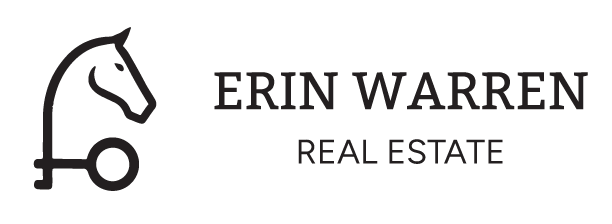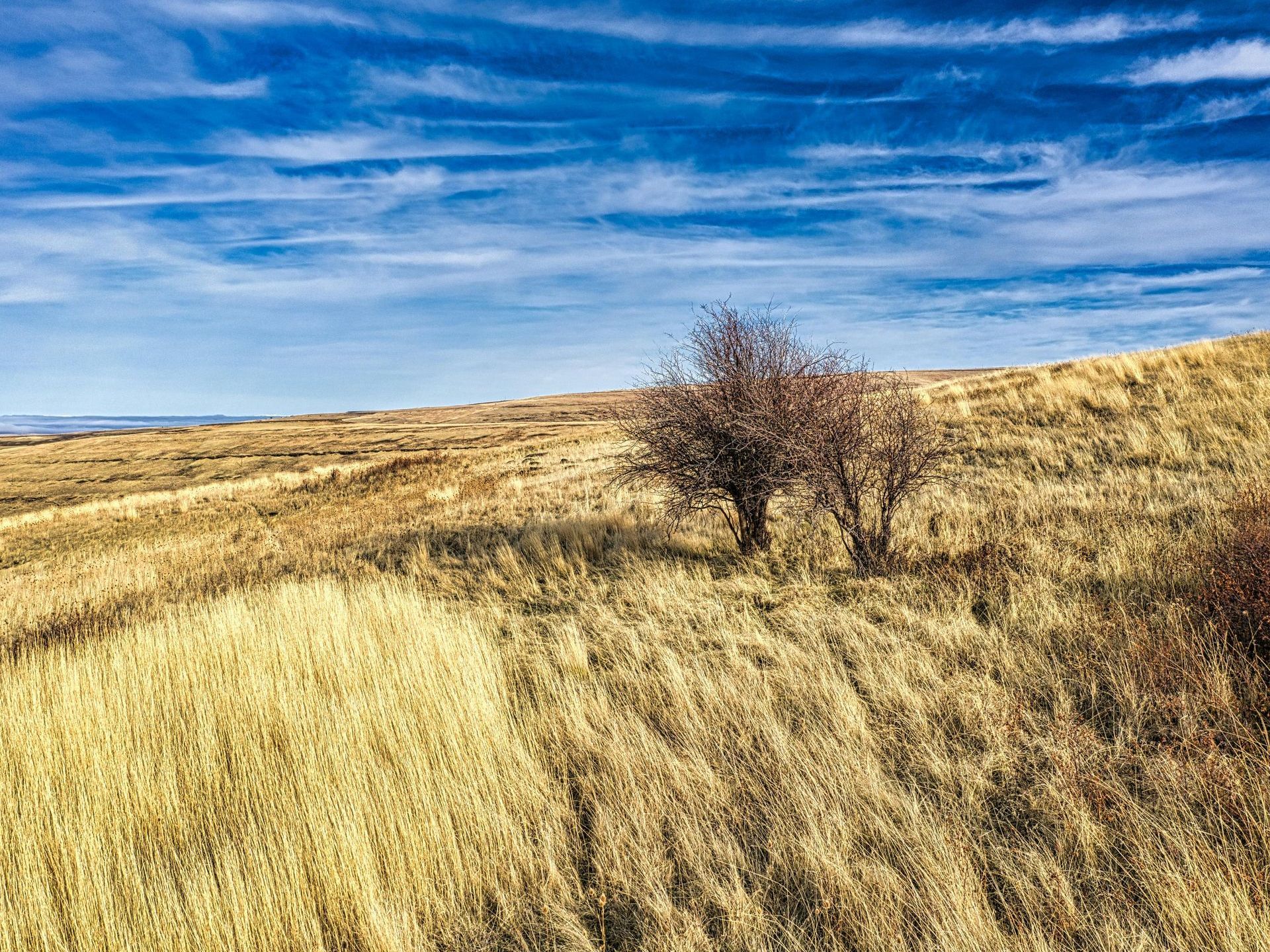Affordable Land Ownership: Creative Financing for First-Time Acreage Buyers
Buy Land in 2025?
Yes, You Still Can.
4 Creative Strategies for Making Horse Property or Acreage Affordable
By Erin Warren
Your dream is to own land — maybe a few acres for horses, or a property with room to breathe. But one look at your monthly budget, and that dream feels... out of reach.
Don’t give up just yet.
In 2025, it’s easy to assume land ownership is reserved for the ultra-wealthy or well-connected. But in my experience as a rural real estate specialist, I’ve seen smart, motivated buyers use creative strategies to secure incredible properties — without breaking the bank.
Here are four proven ways you can make it happen.
Strategy #1: Buy Dividable Land and Sell Off Parcels
How it works:
You buy a parcel that’s legally dividable, then sell one or more of the parcels to offset your purchase price. Ideally, the land already includes a home or buildable lot that you plan to keep.
What you need:
A solid down payment and patience — dividing and selling can take time depending on your county’s regulations.
Why it works:
Most large parcels are priced as a single unit. But when split, their value often increases. This means you can sell the divided parcels at a premium — and sometimes end up owning your portion for free or close to it.
Example:
One of my buyers purchased a property that wasn’t marketed as dividable — but was legally eligible to split into four 5-acre parcels. She kept one and is selling the other three. When she’s done, she may end up debt-free with equity in her pocket.
Strategy #2: Install a Mobile Home and Rent It
How it works:
You purchase raw land, install a mobile or manufactured home, and rent it out. The rental income helps cover your land payments while you build equity.
What you need:
A down payment, utility improvements (well, septic, electricity), and a modest mobile home. If you're short on cash, a home equity loan from your current residence can help bridge the gap.
Why it works:
The property generates passive income and becomes a long-term asset. You can build your dream home later — and the improvements you make now benefit you then.
Example:
Let’s say you buy a 5-acre parcel for $110,000. With a 10% down payment and an interest rate of 6.5%, your land payment could be around $650–700/month. After setup, a rented mobile home might bring in $1,200/month — potentially covering your land and improvement costs.
Strategy #3: Buy Land with Timber Value
How it works:
Some rural land has harvestable timber — and that timber has cash value. You can harvest trees post-purchase to generate a large lump sum that reduces your loan balance.
What you need:
A lender willing to factor timber into the appraisal or closing. You’ll also want to include a timber cruise (valuation) as part of your purchase contingency.
Why it works:
If you’re buying horse property, you may be clearing trees anyway. Why not turn that process into profit?
Example:
A client of mine purchased a 6-acre parcel with export-grade timber. The trees brought in nearly 50% of their purchase cost in cash. Months later, they resold the improved property at a profit.
Note: Timber markets fluctuate. Always consult a forestry professional before committing.
Strategy #4: Use Seller Financing (a Land Sales Contract)
How it works:
Instead of a bank loan, the seller finances the property. This can be done as the primary mortgage, or as a small second mortgage to help you qualify.
What you need:
Cash for a larger down payment and a seller open to flexible terms.
Why it works:
No private mortgage insurance. No bank underwriting delays. Lower closing costs and more flexibility — especially if your income or credit profile doesn’t fit a traditional mold.
Example:
My husband and I once purchased land using a one-year seller contract. It gave us time to complete improvements and refinance later. We saved thousands in loan fees and had a much smoother experience.
Final Thoughts
Yes — it’s 2025. Yes — land is expensive. But no — that doesn’t mean it’s out of reach.
If you’re motivated, open to options, and willing to explore creative financing, you just might be surprised what’s possible.


